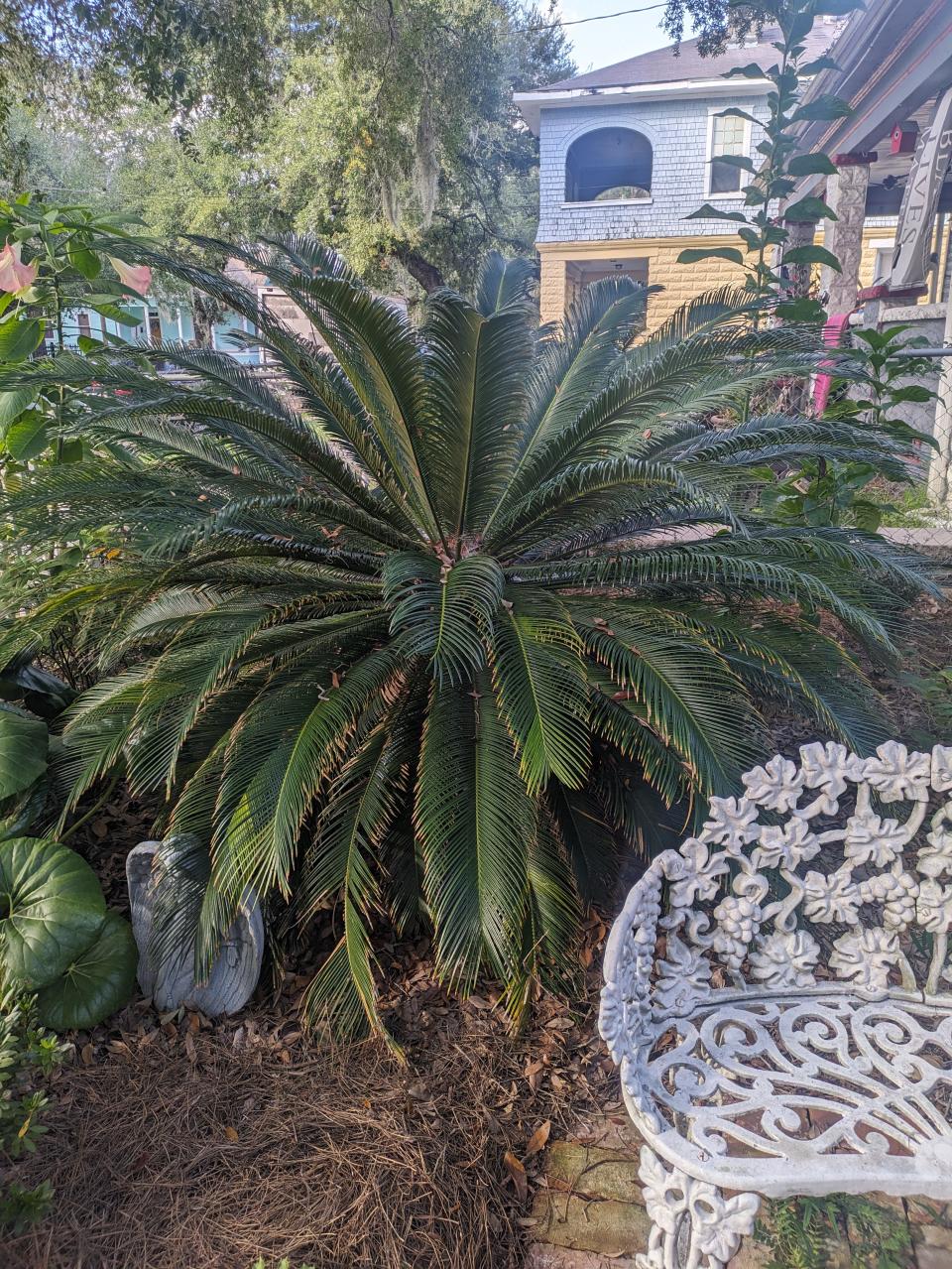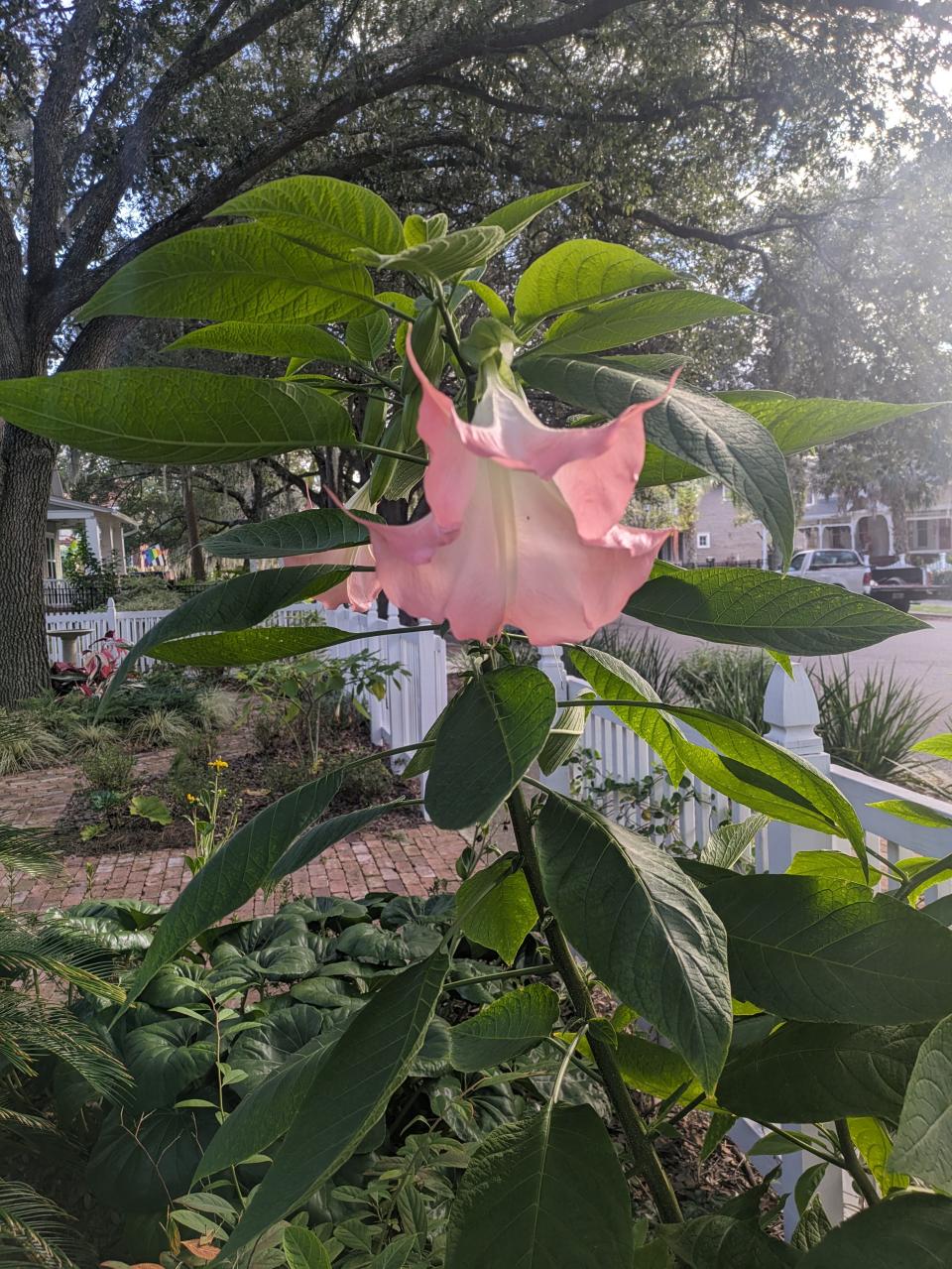Beware: These Florida plants can harm or kill your pets — and you, too
It’s a spooky time of year and a great time to consider what plants you need to be careful around. Florida is home to some of the most poisonous plants in the world. They can be found in your house, in your yard, and in our natural areas. Here are some of the worst and/or most common ones to know.
Poisonous plants around the house

Some common aroid houseplants include arrowhead vine, peace lily, monstera, pothos, dumbcane, philodendron and Chinese evergreen. All parts of the aroids contain calcium oxalate crystals, which cause pain and burning when eaten. Other interior plants that are poisonous to pets and people are cyclamen, amaryllis, and jade. Jade is extremely toxic to cats and can cause kidney failure and death if left untreated. I would not have a jade plant in my house with a cat — especially if the cat has nibbled plants before.
All plant parts of true lilies (not calla lilies or crinum lilies) are toxic to pets. However, they are extremely toxic to cats. Asiatic lilies, daylilies, Easter lilies, stargazer lilies and tiger lilies are the worst ones. If you have these in a vase and the cat takes a sip of the water, or licks some of the pollen off their fur, it could be enough to make them sick.
Coontie, cardboard palm and sago palm are members of the cycad family. Seeds from cycads are very toxic. Ingesting 2-4 seeds can be fatal to your pet. The seeds are bright orange in color and are only found on female cycads. There is only about a fifty percent survival rate for dogs who have eaten sago seeds.

Nightshades such as angel’s trumpet contain alkaloids which can be toxic to people and pets. Angel’s trumpet ingestion can cause severe symptoms including seizures, horrible hallucinations and even death. All plant parts of angel’s trumpet are poisonous. Care should be taken when pruning this plant. If you get sap on your hands and wipe your face, you could experience temporary blindness.
Some members of the dogbane family are more toxic than others. Allamanda, amsonia, hoya, plumeria, star jasmine, and milkweed are dogbanes. Most of these plants have white, milky sap. Oleander is a deadly member of this group and is planted frequently in North Florida landscapes. Eating just 5 to 10 leaves of this plant could kill an adult.
Poisonous plants found in natural areas
Poison ivy, poison oak, and poison sumac are all native plants in the cashew family and can cause skin irritation. Poison ivy is a vine with three leaflets, poison oak is an upright shrub with oak-shaped leaves, and poison sumac has 7-13 leaflets per leaf.
Chinaberry, castor bean plant and pokeweed can also be found in natural areas in Florida and all have very toxic berries, fruit and seeds. Chinaberry is a non-native tree that has invaded natural areas. Gastrointestinal symptoms will start within an hour of ingestion by people or pets. The berries are the most commonly eaten and the most toxic part of the plant. The castor bean plant, another non-native invader, has seeds that contain ricin. Just handling the foliage of the castor bean plant will cause a skin rash. All parts of pokeweed are poisonous; however, the leaves can be safely cooked and eaten after boiling twice in separate waters. Signs of illness from pokeweed show up after six hours and can include seizures, low blood pressure and difficulty breathing.
Water hemlock is a native plant found in wetland areas that can be fatal if consumed. It is the most toxic plant that grows in North America. Consuming even a small amount can cause a person or animal to have violent seizures and die within 15 minutes of consumption. Symptoms come on so quickly that animals can seldom be saved. If you have livestock, scout for water hemlock in your fields in spring and destroy any that an animal could encounter.
Plants have these toxic chemicals for defense to keep insects and animals from eating them as they grow in their natural habitats. However, when we take them into our homes or yards, or go into wild areas where they are growing, it is up to us to be safe. Be certain before you choose to forage, and plant poisonous plants where pets or children cannot reach them. If you are unsure about the toxicity of a plant, the University of Florida has a website and app for Florida toxic plants. You can search the site by plant name or look through a list of poisonous plants. The site will tell you if the plant is toxic to humans, pets, or livestock, and what symptoms to look for. It can be accessed at https://ffl.ifas.ufl.edu/resources/apps/toxic-plants/. If you need assistance, the hotline for poison control is 800-222-1222.
Tonya Ashworth is an extension agent and environmental horticulture and Master Gardener coordinator with UF/IFAS in Duval County.
This article originally appeared on Florida Times-Union: Common house and garden plants that are toxic for cats, dogs

